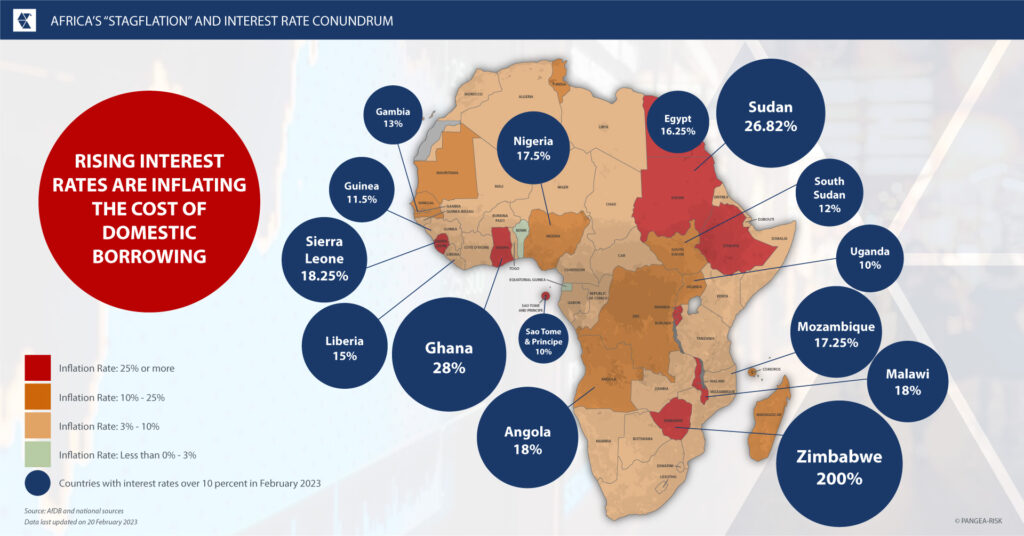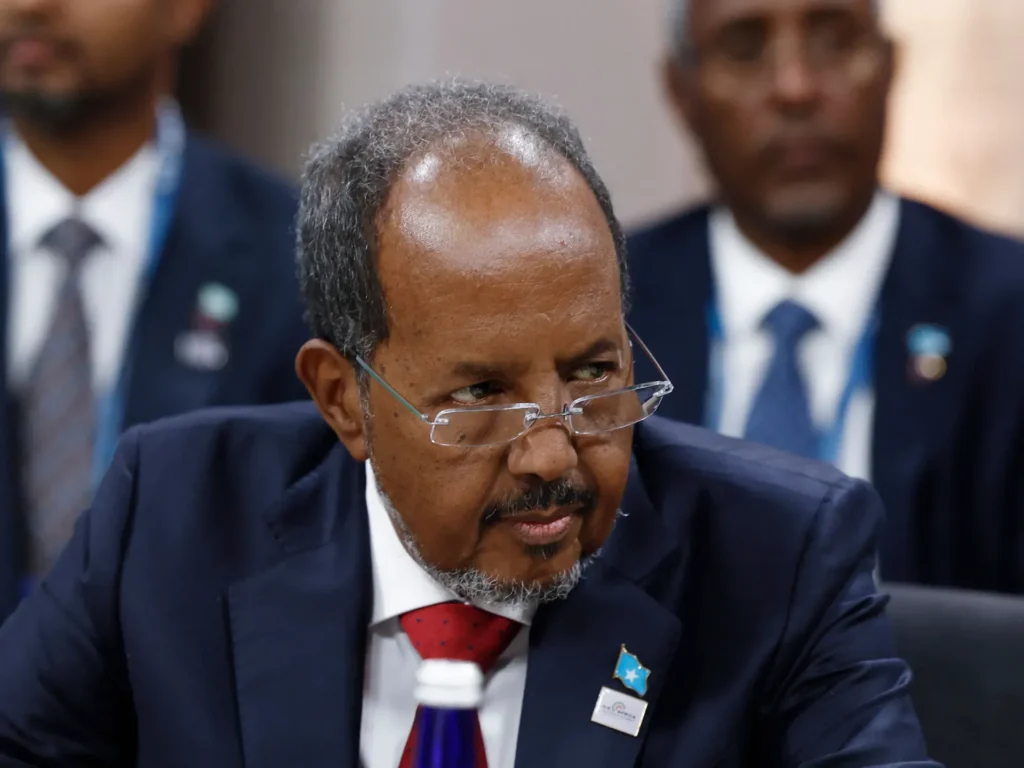In Summary
- By 2025, it is anticipated that African nations will experience a 13% reduction in external debt service payments, bringing the total down to $88.71 billion.
- The overall public debt-to-GDP ratio across Africa is forecasted to decrease to 64.3%. While this suggests some relief from the debt pressure, achieving sustainable fiscal health remains a challenge.
- About 20 low-income countries in Africa find themselves currently in or on the brink of debt distress.
Deep Dive!!
In 2025, many African nations are implementing substantial reforms to their sovereign debts to promote economic stability and growth. Despite persistent debt issues, Africa is expected to lower its debt payments by year’s end.
The African Union (AU) has designated 2025 as the Year of Reparations, emphasizing the importance of fair debt resolution and responsible lending practices. Countries like Ghana and Ethiopia continue to navigate the complexities of restructuring their debts.
A report from AFREXIMBANK anticipates a 13% decline in external debt service payments relative to 2024. By 2025, African nations are set to pay $88.71 billion in external debt service, down from $102.59 billion in 2024.
Countries such as Ghana, Ethiopia, and Zambia are still negotiating their debt restructuring agreements, while leaders across Africa are advocating for debt relief and reforms in global financial systems, given the challenges posed by the climate crisis on vulnerable nations. This article showcases the top 10 countries making headway in these efforts, along with their strategies and outcomes related to debt restructuring initiatives.

Here are the Top 10 Countries Leading the Charge in Debt Restructuring in Africa 2025. Check them out!
10. Angola: This southern African nation is engaged in debt restructuring efforts, negotiating with international creditors and adopting economic reforms aimed at alleviating its debt load and fostering a stronger economic climate.
9. Kenya: In eastern Africa, Kenya is actively pursuing debt restructuring strategies to tackle its significant IMF obligations, concentrating on economic reforms and fiscal responsibility to enhance its debt sustainability and economic outlook.
8. Egypt: Leaders in northern Africa, who hold the highest amount of outstanding credit from the IMF in the region, are working on debt restructuring to better handle their financial commitments. The government is instituting reforms to lower debt levels and encourage sustainable growth.
7. Chad: This landlocked nation has initiated discussions with creditors for debt restructuring to confront its financial challenges, implementing reforms that aim for debt relief and foster economic stability.
6. Ghana: The western African country is undertaking extensive debt restructuring measures to control its increasing debt levels, focusing on fiscal consolidation and economic reforms to build a sustainable debt profile and attract investments.
5. Zambia: Being a landlocked southern African country, Zambia is proactively addressing its debt crisis through engagements with international creditors to restructure its external debts, adopting measures to enhance fiscal responsibility and transparency for economic recovery.
4. Gabon: Confronting economic hurdles, Gabon is working on debt restructuring, including efforts to stabilize its finances via debt buybacks and new loans. With $3 billion in international bonds and a GDP growth of only 2.4% in 2023, Gabon has sought negotiations with entities like Cargill Financial Services and Afreximbank to navigate liquidity issues and restore investor confidence.
3. Zimbabwe: In April 2025, Zimbabwe began compensating white farmers whose lands were taken during a land reform program over two decades ago, allocating $3.1 million to 378 farms under a $3.5 billion compensation framework. This is part of a broader strategy to rectify historical wrongs and improve relationships with foreign lenders, aiming to resolve a $21 billion national debt and regain access to financial aid from institutions like the IMF.
2. Ethiopia: Ethiopia reached a preliminary agreement with its Official Creditor Committee in March 2025 to restructure $8.4 billion in debt, offering around $2.5 billion in debt service relief throughout its IMF program, expected to run until 2028. This restructuring is crucial for Ethiopia to recover from the sovereign default it declared in December 2023.
1. Somalia: Somalia is making significant strides in debt restructuring, securing a $306.5 million agreement with the Arab Monetary Fund in April 2025 to restructure its debts, reflecting an increase in international confidence in the nation’s economic reforms. This follows the cancellation of 99% of Somalia’s debt from Paris Club creditors in 2024, marking a crucial step in re-engaging with global financial institutions.


